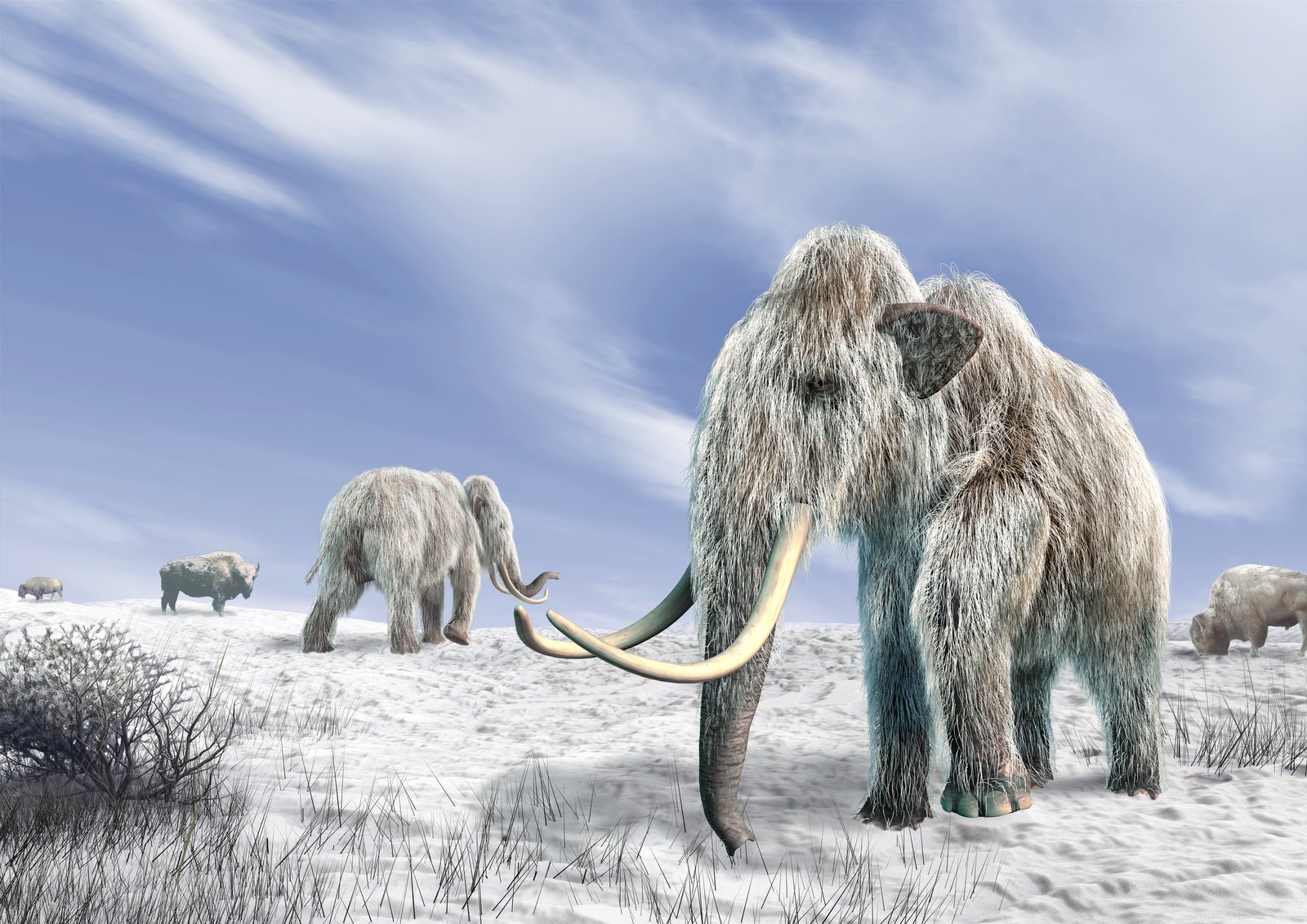Science & Technology, UK (Commonwealth Union) – The ice age is known to have phases of freezing and thawing. The ice age has also been recognized for having preserved many historical artifacts, giving many archeologists a treasure trove of information.
Ice Age drawings and markings found in caves have indicated that prehistoric hunter-gathers utilized a form of early writing to send signals of vital survival information at least 14,000 years back than prior assumptions, according to research conducted by the University College London (UCL).
Archaeologists already had knowledge of the markings, sequences of lines, dots and other shapes, with conveyed information but were unaware of their meaning. The team of academics discovered that these symbols, combined with closer animal drawings, expressed sophisticated information in regards animals such as wild horses, deer, cattle and mammoths, going back to at least 20,000 years.
In the study, the researchers discovered that the marks store information numerically and reference a calendar, as opposed to recording speech. Hence the markings cannot be referred to as ‘writing’ in the same sense as pictographic and cuneiform systems of writing that came up in Sumer from 3,400 BC onwards.
Researchers consisted of academics from UCL and Durham University, where an independent researcher took the lead, by referring to the markings as a ‘proto-writing’ system, predating other token-based systems that came up while the Near Eastern Neolithic period occurred from approximately 10,000 years.
“The meaning of the markings within these drawings has always intrigued me so I set about trying to decode them, using a similar approach that others took to understanding an early form of Greek text,” said Ben Bacon the Lead researcher who further said “Using information and imagery of cave art available via the British Library and on the internet, I amassed as much data as possible and began looking for repeating patterns. As the study progressed, I reached out to friends and senior university academics, whose expertise were critical to proving my theory.”
Researchers made use of the birth cycles of equivalent animals as a reference point to figure out that the number of marks linked with Ice Age animals was a record, by lunar month, of when mating was being conducted.
Researchers understood that a ‘Y’ sign used stood for ‘giving birth’ and found a correlation between the numbers of marks, the placement of the Y and the months in which modern animals mate and birth respectively.
Co-author Honorary Professor Tony Freeth of the UCL Mechanical Engineering became a part of the research team due to his work deciphering the function of the ancient Greek astronomical clock, the Antikythera Mechanism. Professor Freeth stated that lunar calendars are hard as there are just under 12 and a half lunar months per year, so they won’t fit neatly into a year, and due to this, the modern calendar has all but lost any connection to actual lunar months.
“In the Antikythera Mechanism, they used a sophisticated 19-year mathematical calendar to resolve the incompatibility of the year and the lunar month – impossible for Palaeolithic peoples. Their calendar had to be much simpler.”
“With these principles in mind Ben and I slowly devised a calendar which helped to explain why the system that Ben had uncovered was so universal across wide geography and extraordinary time-scales.”
The researchers hope that solving further aspects of the proto-writing system permits them to come to an understanding of the sort of information valued by early humans.
The lead researcher Mr. Bacon also indicated that as they probed further into their world, what they are discovering is that the ancient ancestors of them are a lot more like us than the prior assumptions made. These people, divided from us by several millennia, were suddenly a lot nearer.








